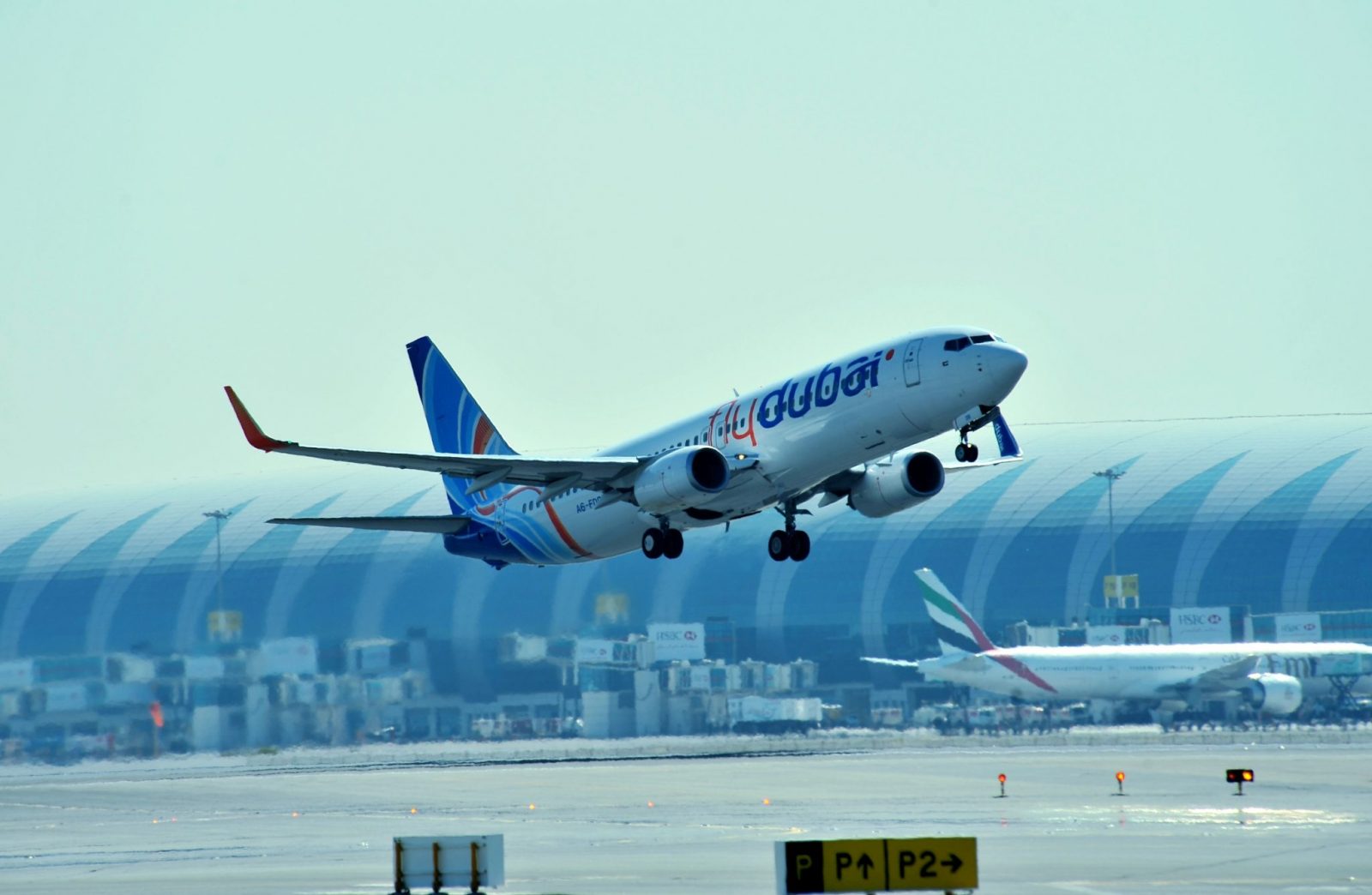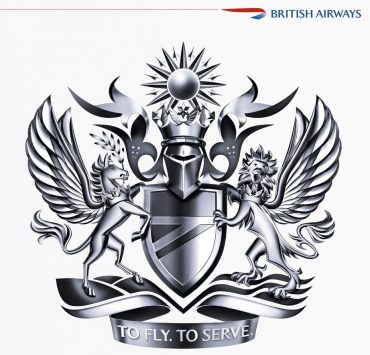
Amidst the glamorous unveiling of the Qatar Airways new Business Class suite, a darker mood descended on the annual airline shindig that is ITB Berlin. In highly publicised remarks, Tim Clark, the longtime President of mega-airline Emirates, warned of a “gathering storm.”
Just three days later, Alexandre de Juniac, Director-General of the International Air Transport Association (IATA) has given an indication of just what that gathering storm is. Speaking in Abu Dhabi de Junaic commented: “The UAE carriers will have a year that is probably below 2016,”
In December, IATA forecast the Middle East airlines would see annual profits of around $300 million USD in 2017. That’s way down from the $900 million USD that airlines in the region made in 2016. The Gulf carriers have all suffered from falling oil prices, a strong U.S. dollar, international terrorism and upstart competitors that are biting into their market share.
Added to that volatile mix is an ongoing dispute between Emirates and a number of U.S. airlines. They say: “the nations of Qatar and the United Arab Emirates (UAE) are funnelling billions of dollars in government subsidies to their state-owned airlines, distorting the international aviation market and undermining fair competition.”
“Aviation is the business of freedom” – IATA Chief
Hinting at the rival airline’s increasingly bitter relationships, the IATA chief said: “we must all be concerned about the protectionist rhetoric that is spreading. Aviation is the business of freedom.”
But for Clark, stoicism is the name of the game as he commented: “We are subject to market changes like everybody else is.” To a large extent, Clark has made no secret of the fact that he is referring to the emergence of low-cost carriers that are taking a bite out of his pie.
“The way people travel, their decisions for travelling, the amount of money they’re prepared to pay, new entrants coming to market, long-range single aisles, it’s all changing,”

Air Arabia and flydubai Already Successful Low-Cost Carriers
Indeed, The UAE is already home to two successful low-cost carriers. Sharjah-based Air Arabia was established back in 2003 and now flies to over 120 destinations with a fleet of 36 A320 aircraft. It has bases in a number of countries in the region, including Morocco, Jordon and Egypt.
Then, in 2008, flydubai was established by the government of Dubai. Although profits were down in 2016, flydubai has nonetheless grown rapidly. Passenger numbers increased by 14% last year and the airline recently announced it will be adding four new destinations to its route network.
To counter the threat of local low-cost airlines, Emirates has said that it is considering new aircraft options to better serve its local region. “The dynamic is changing in the Middle East with regard to access to new markets,” commented Clark.
Threat Posed by Norweigan Rubbished by Qatar Airways Boss
But it’s the threat from international low-cost rivals like Norweigan Air Shuttle and Air Asia X that are keeping Gulf airline bosses awake at night. European carriers have already had to adjust their business strategies to effectively compete with these new entrants.
Yet the chief of Qatar Airways, Akbar Al Baker, remains bullish. He recently claimed the long-haul, low-cost business model “doesn’t work. They will not succeed.” Al Baker cast doubt on the success of Norweigan, saying its “nose is just above the water.”
“Maybe long-haul low-cost will work when the fuel price is 30 dollars a barrel. But once it goes beyond 50 dollars I guarantee it is not feasible. The cost to operate becomes so high that the yield you get from low-cost long-haul will not cover the cost.”
Mateusz Maszczynski honed his skills as an international flight attendant at the most prominent airline in the Middle East and has been flying throughout the COVID-19 pandemic for a well-known European airline. Matt is passionate about the aviation industry and has become an expert in passenger experience and human-centric stories. Always keeping an ear close to the ground, Matt's industry insights, analysis and news coverage is frequently relied upon by some of the biggest names in journalism.








